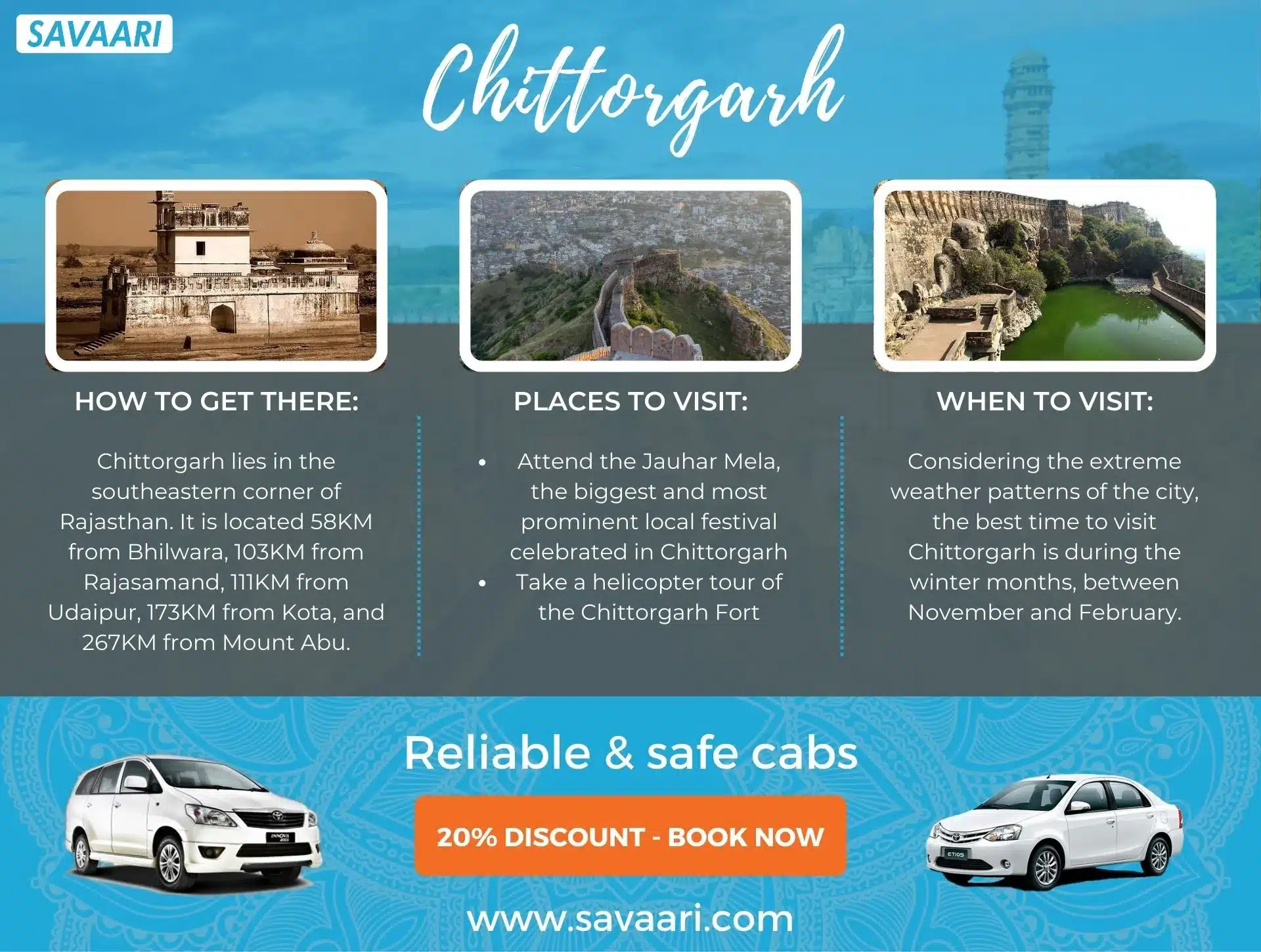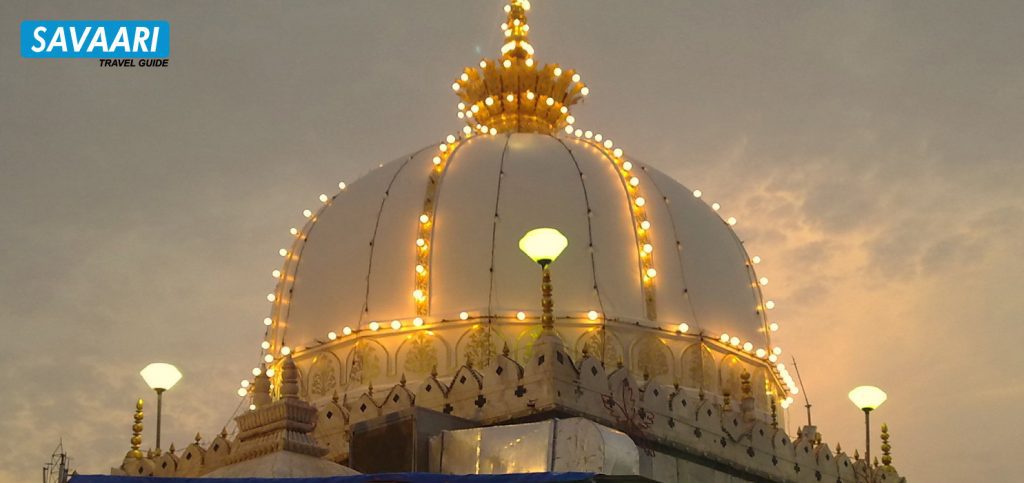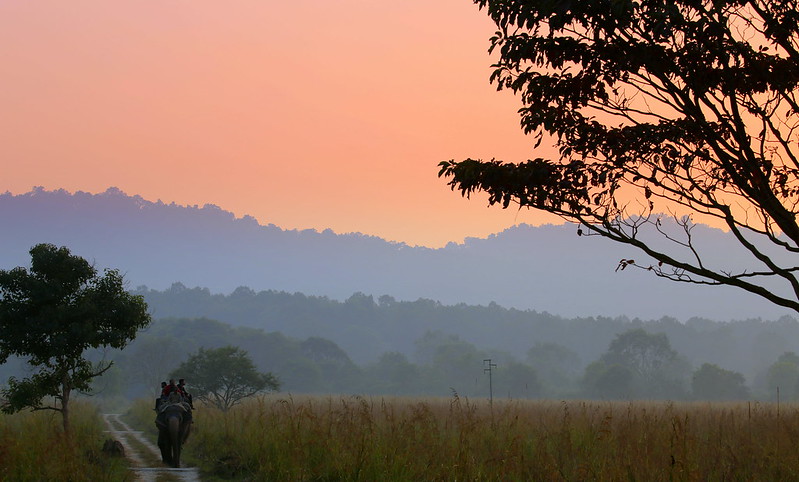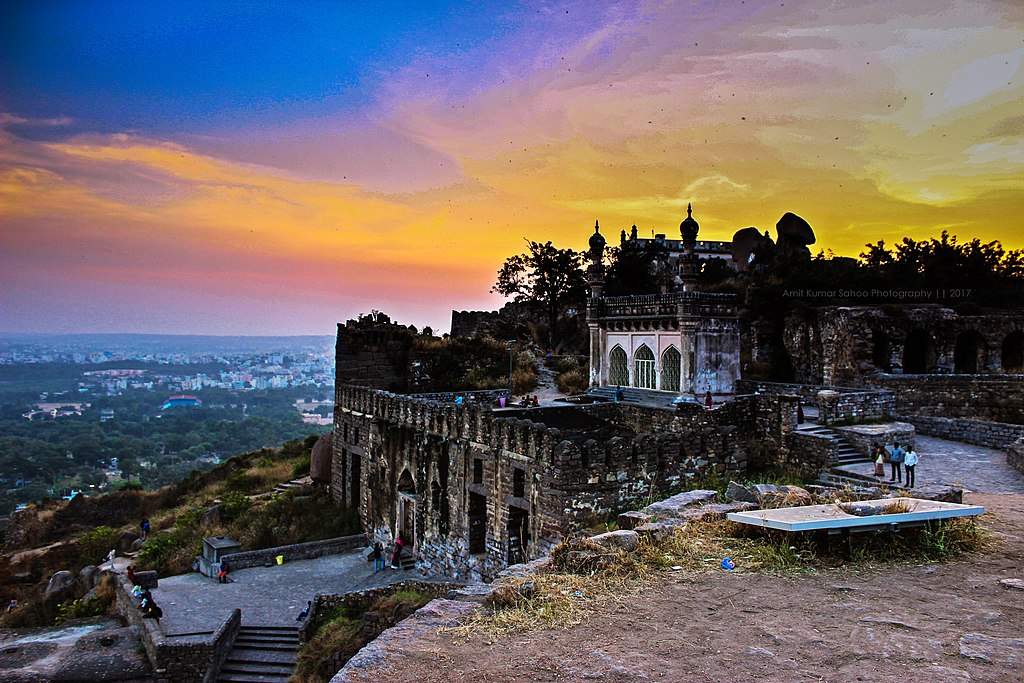Synonymous with the legendary Chittorgarh Fort, Chittorgarh is a major city and a prominent historical site in Rajasthan and the administrative headquarters of the eponymous district. The erstwhile capital of the Mewar kingdom, the city boasts magnificent forts, palaces, and a rugged landscape iconic to the state. Tourists prefer to book a taxi service in Chittorgarh and explore this man-made wonder.
Table of Contents
- Things to do in Chittorgarh
- How to Plan a trip to Chittorgarh
- About Chittorgarh
- Hotels and Resorts in Chittorgarh
Things to do in Chittorgarh
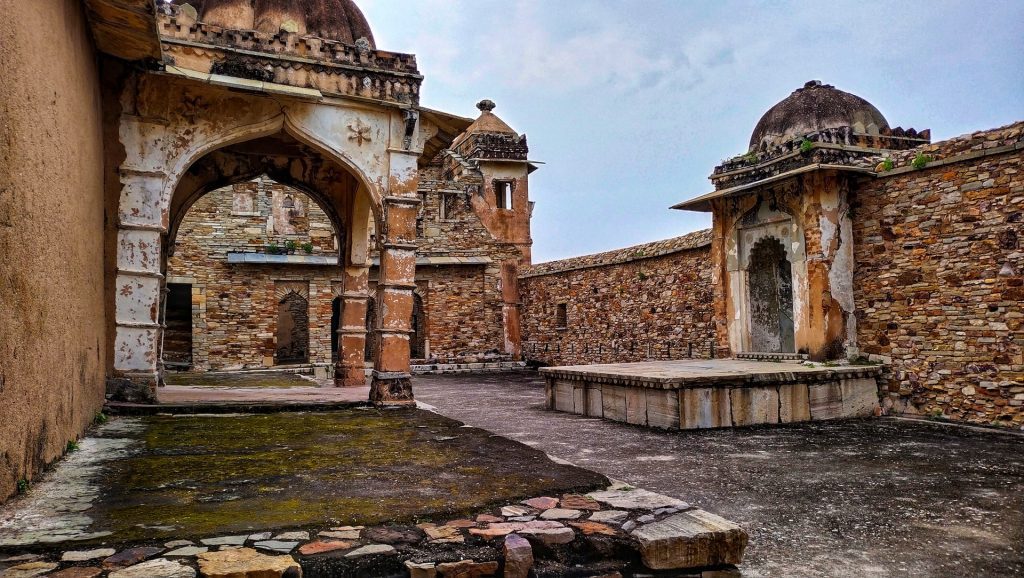
Although the city is famous for the iconic fort, there are a lot of adventurous things you can include in your sightseeing for an ultimate vacation –
Offbeat things to do in Chittorgarh
- Attend the Jauhar Mela, the biggest and most prominent local festival celebrated in Chittorgarh with cultural and religious events, art, and more.
- Take a helicopter tour of the Chittorgarh Fort and get a bird’s eye view of the premise and the surrounding hills.
Things to do in Chittorgarh with family
- Stay at the luxurious palace hotel at Bassi Fort,
- famous for its royal hospitality and grand architecture.
- Go for wildlife safaris at the sanctuaries and national parks around Chittorgarh.
Things to do in Chittorgarh with friends
- Go for a birding tour to Bassi or Sitamata Wildlife Sanctuary, both known for their rich avifauna reserve. The best time for bird watching is late winter and early spring.
- Explore the ancient Buddhist caves near Menal or try water sports in the area.
- Climb atop the Kirti and Vijay Stambhs inside the fort premise and capture the most stunning views of the fort and the city.
Places to visit Chittorgarh
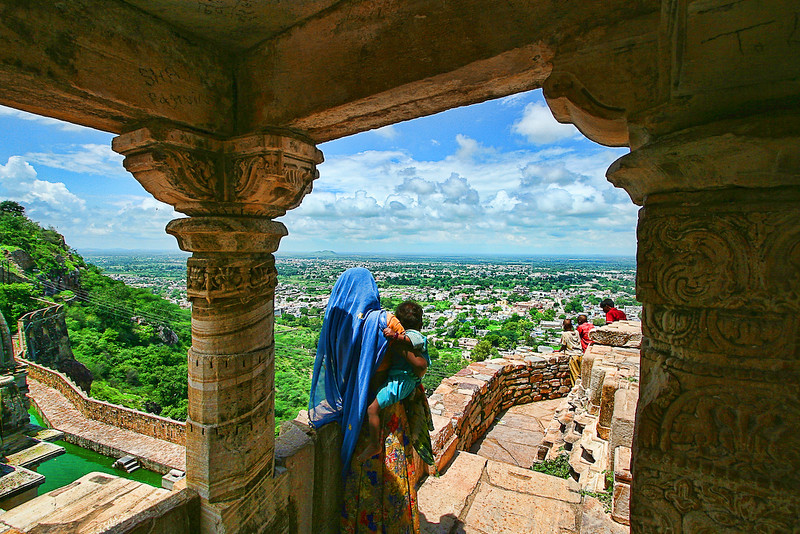
Check out these popular tourist places for a wholesome trip –
- Chittorgarh Fort – A world heritage site, this historical structure is one of the largest forts in India built on a hilltop, spanning 700 acres. The property features 22 water bodies, prominent ramparts and battlements, two victory towers, palaces, and temples.
- Entry Fee- INR 15
- Padmini Palace – The abode of legendary queen Padmini, this palace sits on an elevated rocky terrain, facing a water body, and is significant for the Jauhar committed by the queen in protest of Alauddin Khilji’s attack.
- Entry Fee- Free
- Kalika Mata Temple – One of the most prominent temples of Chittorgarh, this ancient religious site is known for its Rajputana-style intricate architecture.
- Entry Fee- Free
- Rana Kumbha’s Palace – The largest structure of the Chittorgarh Fort complex, this three-storied palace features gigantic pillars, an underground tunnel network, and fine stone architecture.
- Entry Fee- NA
- Maha Sati – Believed to be a sacred place, this was the cremation site for Udaipur rulers and features hundreds of cenotaphs, commemorating each king.
- Entry Fee- NA
- Fateh Prakash Palace – A mark of splendid Rajputana artistry, this palatial structure is now partly a museum and boasts a rich display of Rajasthani paintings and crystal artifacts.
- Entry Fee- INR 50 (adults), INR 25 (children)
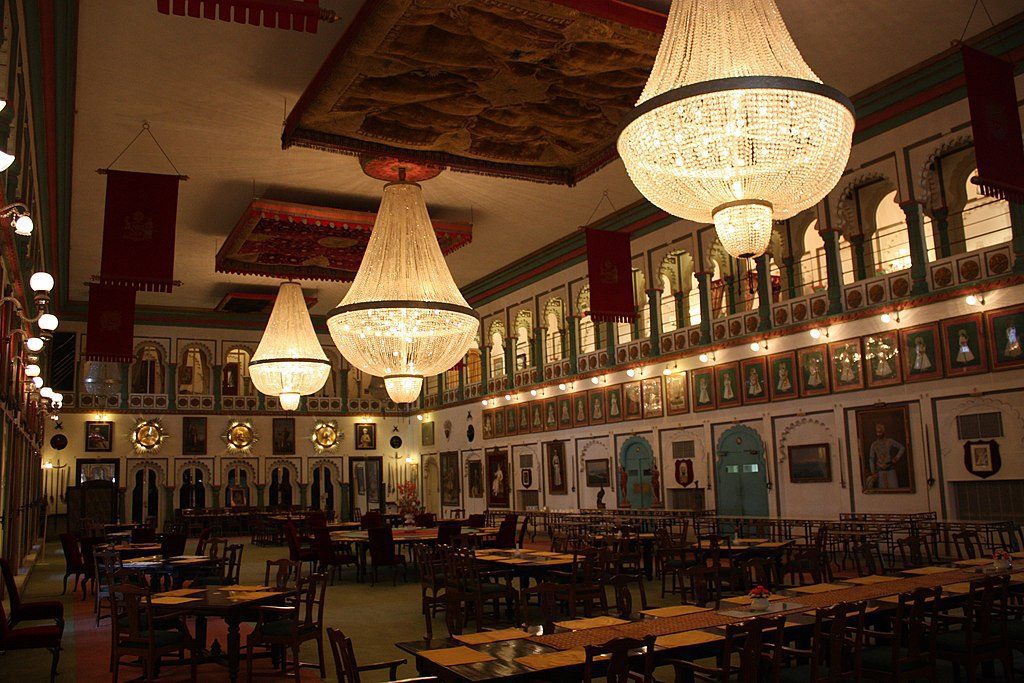
- Bassi Wildlife Sanctuary – One of the most important and popular wildlife reserves of Rajasthan, this sanctuary is home to jackals, wild cats, leopards, hyenas, and a huge avifauna population. It is best known for jungle safaris and bird watching in winter. Entry Fee – INR 10, INR 2 for students, INR 65 for cars and INR 10 for two-wheelers.
- Meera Temple – Dedicated to Meera Bai, this huge temple complex exhibits an Indo-Aryan style of architecture, and splendid stone carvings, and enshrines an idol of Krishna in the main sanctum. Entry Fee- Free
- Archeological Museum – The city museum houses a huge collection of Rajputana paintings, sculptures, apparel, weapons, coins, frescos, inscriptions, and other metal and terracotta figures depicting the historical legacy of the city. Entry Fee- INR 25
Places to visit near Chittorgarh
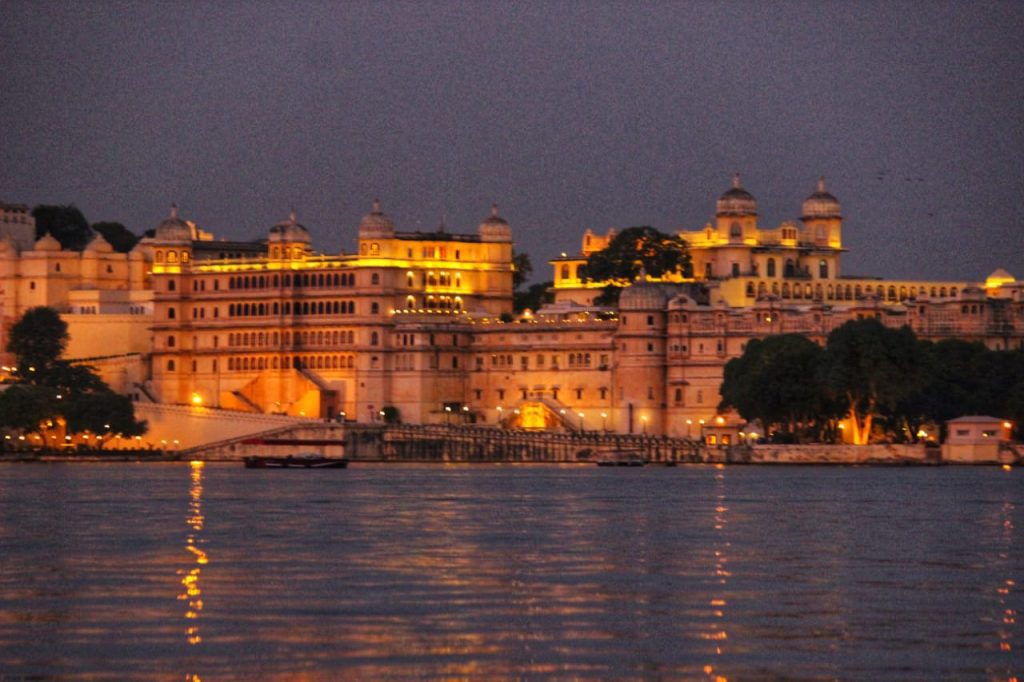
Apart from the popular Chittorgarh places to visit, you can also visit other places nearby. Check out these equally scenic locales near Chittorgarh –
- Sitamata Wildlife Sanctuary – The dense deciduous forests of this sanctuary is rich in medicinal plants and herbs and is home to the flying squirrel, four-horned antelopes, spotted deer, wild boars, cranes, eagles, owls, and more such endangered animals and birds.
- Entry Fee- INR 10
- Menal – A small village, Menal is distinguished by a beautiful landscape, ancient temples, ancient architecture, and a rich local culture; best for a day trip.
- Entry Fee- NA
- Rajasamand – The quaint town on the west of Chittorgarh, Rajasamand is famous for the huge eponymous lake, the battleground of Haldighati, and the historical Kumbhalgarh Fort. Also, visit the Kankroli Temple and the Kumbhalgarh Wildlife Sanctuary.
- Entry Fee- NA
- Udaipur – The City of Lakes, Udaipur is one of the most popular tourist hotspots in Rajasthan. The historical city is known for the City Palace, Lake Pichola, Sajjangarh Palace, Monsoon Palace, Jagmohan Palace Hotel, and Vintage Car Museum. For more details about this amazing destination, read our exclusive blog on things to do in Udaipur.
- Entry Fee- NA
Places to eat in Chittorgarh
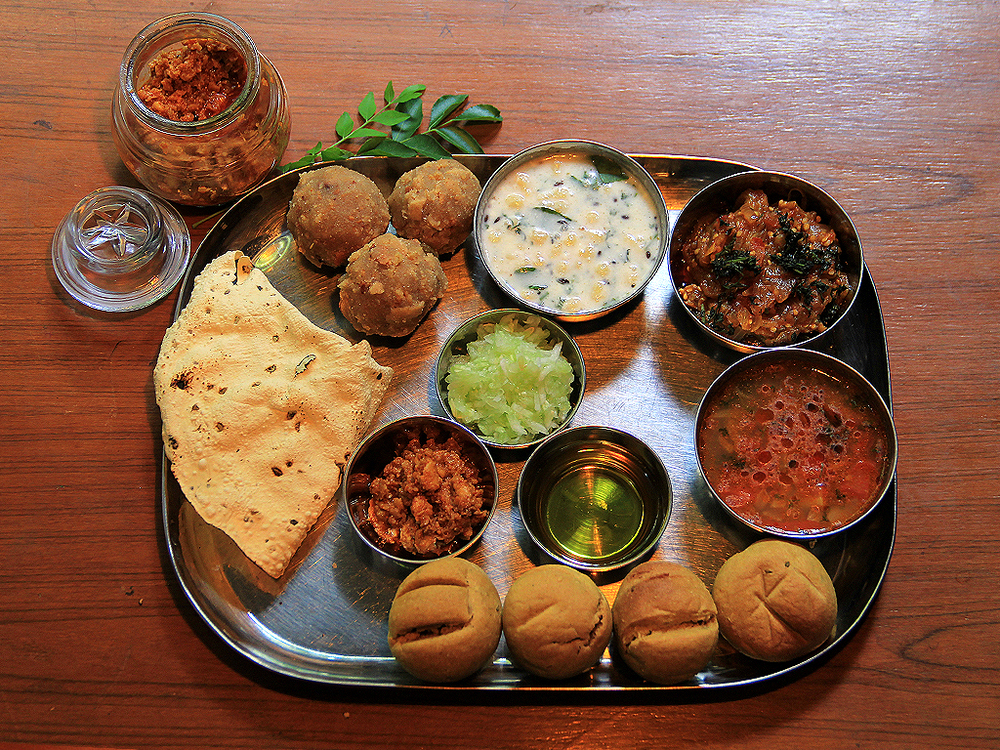
Check out these popular eateries to sample the local flavors –
- Gangour Restaurant
- Ashirvad Dining Hall
- The Chicken City Restaurant
- Jai Chittore Restaurant
- Meera Restaurant
- Vegan Beings
How to Plan a trip to Chittorgarh
You can also plan your personalized trip by selecting the mode of transport, the route, and more. Let us help you with the travel options to Chittorgarh for a better idea –
How to reach
By Train
Chittorgarh has two major railway stations and both are well-connected to the rest of Rajasthan. There are frequent trains from Udaipur, Jaipur, Kota, Bhilwara, Jodhpur, Rajasamand, etc.
By Road
Chittorgarh is well-connected to the rest of the state and major cities in neighboring states via NH48 and NH27. There are regular state-run and private buses from Bhilwara, Nathdwara, Rajasamand, Kota, Udaipur, Ajmer, Bundi, etc. The best way to travel to Chittorgarh, however, is to get an outstation cab or rent a car and enjoy a scenic drive.
By Flight
There is no flight service in Chittorgarh. The nearest airport is in Udaipur, at Dabok Airport, about 70KM away. There’s also the Kota Airport, about 170KM away. Both these airports are well-connected to all major cities in Rajasthan and other states in India. From either of these airports, you have to take an airport taxi or book a cab to reach Chittorgarh.
Best time to visit
Considering the extreme weather patterns of the city, the best time to visit Chittorgarh is during the winter months, between November and February, when the temperatures are conducive enough to explore the fort complex, go on wildlife safaris, and do other outdoor adventures. The months right after the monsoon are also good.
About Chittorgarh
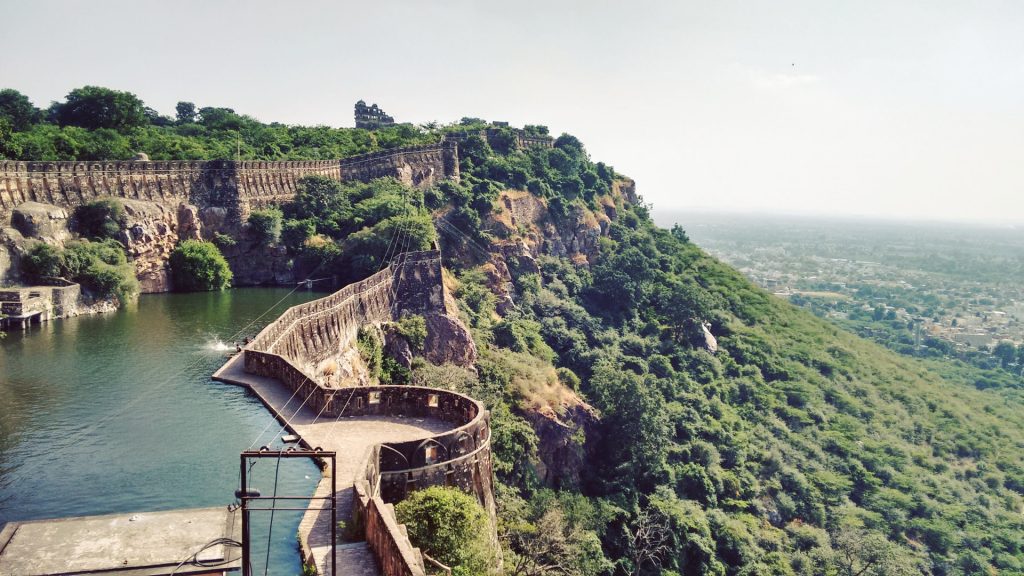
Chittorgarh remains a symbol of grandeur, bravery, and courage, exhibited by the women of the kingdom, especially the Jauhar performed by Rani Padmini, to thwart the conquest of the fort by Alauddin Khilji. With our travel guide, you can discover this historically and culturally rich holiday destination –
Location
Chittorgarh lies in the southeastern corner of Rajasthan. It is located 58KM from Bhilwara, 103KM from Rajasamand, 111KM from Udaipur, 173KM from Kota, and 267KM from Mount Abu.
Weather
Like most parts of Rajasthan, Chittorgarh also exhibits extreme weather patterns. The summers are extremely harsh with high temperatures and occasional heatwaves, while winters are chilly with single-digit temperatures. The monsoon period receives some rainfall and makes the region pleasant and cool with fresh greenery around.
History
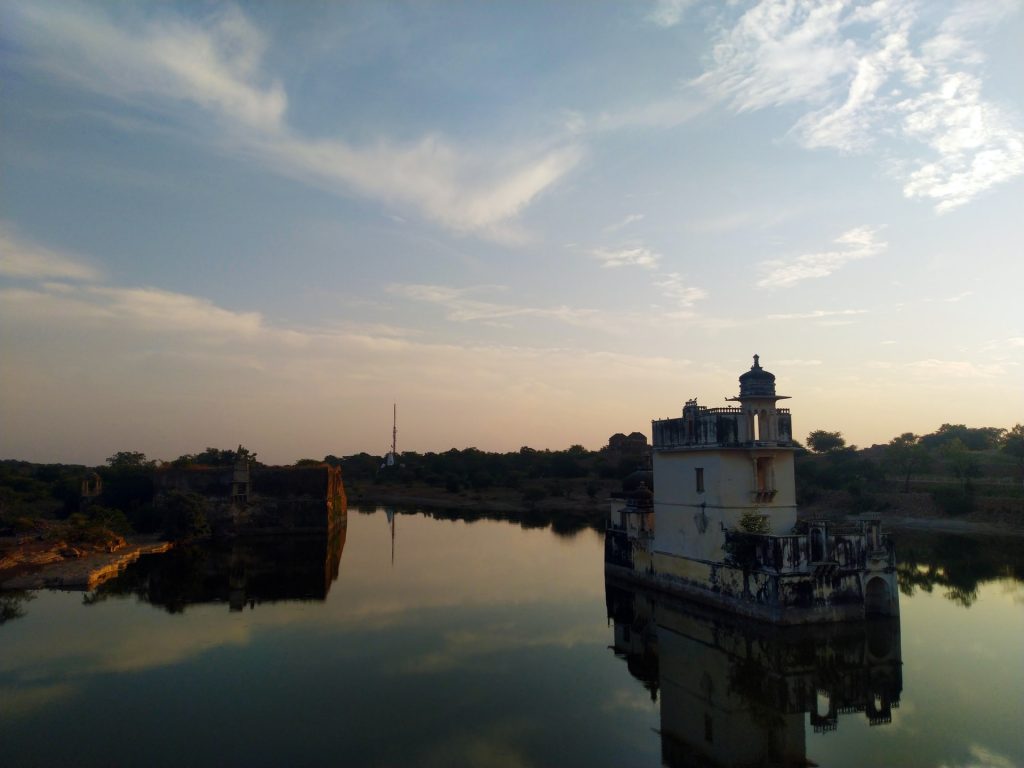
Chittorgarh used to be a major stronghold of the Rajput State of Medapata or what we know as Mewar. Originally known as Chitrakuta, the fort is said to have been built by Chitranga, a Mori king. The establishment of the fort gave way to the settlement of the town around it, which became the modern city of Chittorgarh as we know it. The entire district stands as a definition of Rajput pride and its glorious history of the 14th to 16th centuries. The fort is the largest historical fort in India and was sieged thrice, by Alauddin Khilji, Bahadur Shan, and finally by Akbar.
Geography
Four major rivers run through the district – Chambal, Banas, Bedach, and Jakaharn along with tributaries such as Gambhiri, Barhmani, and Gunjali. The city of Chittorgarh sits on the banks of the Berach and Gambhiri Rivers. The highest elevation of the district is at 1292 feet. The region is distinguished by a rugged landscape of red and yellow sandstone and granite and features rolling hills of the Aravalli Mountains.
Interesting Facts
The Chittorgarh Fort is known to be the largest fort of India. It spans for about 3KM in length and a peripheral length of 13KM, summing up to 700 acres of land. There are seven entry gates to Chittorgarh Fort – Ram Pol, Lakshman Pol, Padal Pol, Ganesh Pol, Jorla PolBhairon Pol and Hanuman Pol. The entire complex consists of four palaces, 19 temples, 22 water bodies and four memorials.
[Also read: The Great Rajasthan Road Trip – An 11-Day Itinerary for Offbeat Rajasthan]
Hotels and Resorts in Chittorgarh
Here are some of the best-rated places to stay in Chittorgarh –
- Rang Mahal
- Chittorgarh Fort Haveli
- Hotel The Padmavati Fort View
- Hotel Pratap Palace
- Hotel Kumbha Retreat
- Aravalli Hill Resort
Last Updated on April 11, 2024 by V Subhadra

